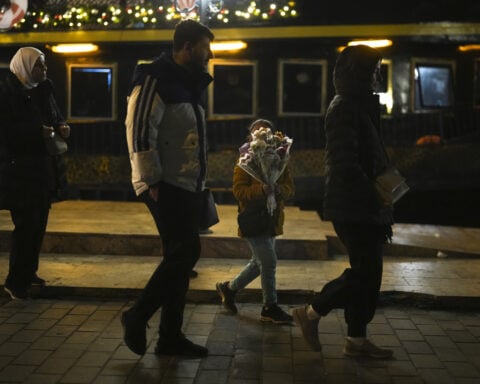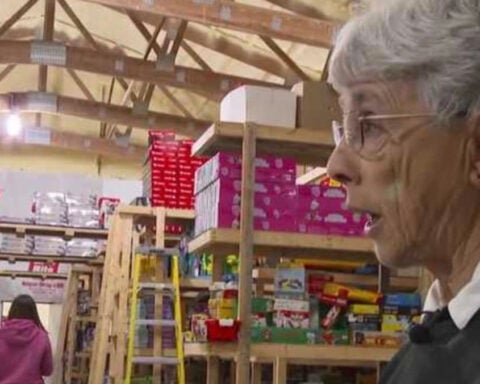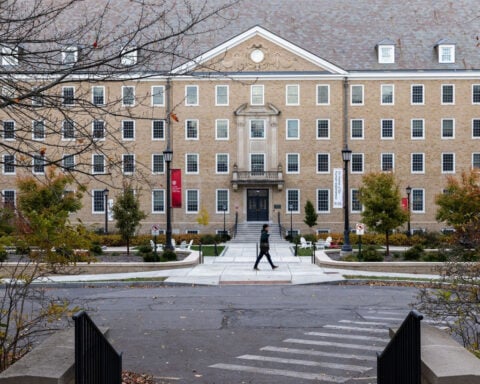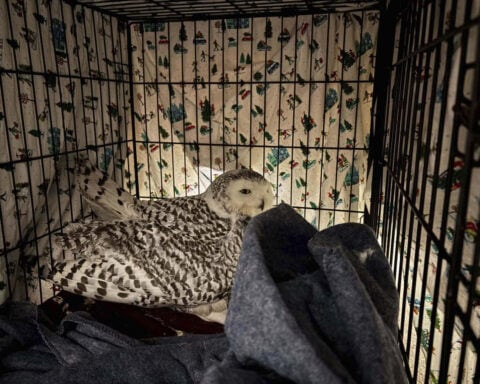Loyola Marymount University has received a $5 million grant from the W.M. Keck Foundation for its new Engineering Innovation Complex (EIC), which is a planned expansion of its Frank R. Seaver College of Science and Engineering, the university announced.
This grant is the first in the match of the Thomas and Dorothy Leavey Foundation's $25 million lead gift for the complex. The Leavey Foundation's lead gift matches new commitments from donors on a dollar-for-dollar basis up to $25 million through Dec. 31, 2026 for the new complex.
“The Leavey Foundation issued a galvanizing challenge, and I am heartened that the Keck Foundation responded so generously in an affirmation of their commitment to STEM education in Southern California,” Peter Wilch, senior vice president for University Advancement, said in a statement. “The EIC will be among the most impactful capital projects for Seaver College in a generation and significantly improves both the teaching and learning experience. I am deeply grateful to the Keck Foundation for its pacesetting contribution.”
The Keck Foundation has supported Loyola Marymount University for more than four decades with grants now, totaling $9 million.
“The W.M. Keck Foundation recognizes the value and impact of interdisciplinary work,” Joseph Day, co-chair and co-chief executive officer, said. “We are excited for the EIC’s flexible labs and community spaces to foster scientific collaboration and advance undergraduate STEM education at LMU.”
The new complex will house classes in computer science, engineering, physics and health care systems engineering, and support interdisciplinary research programs. It will also have collaborative spaces for advanced maker spaces, research, community spaces, and teaching laboratories.
The complex will use modern architectural touchstones that are built for the future with a focus on flexibility and sustainability, according to a press release from the university. It will also use a module-based layout that’s intended to provide the ability to reconfigure teaching and research spaces to respond to changing needs, according to the university.

 Five facts about electric vehicles in 2024
Five facts about electric vehicles in 2024
 5 elections to watch in 2025
5 elections to watch in 2025
 Transform the daily grind to make life more interesting – a philosopher shares 3 strategies to help you attain the good life
Transform the daily grind to make life more interesting – a philosopher shares 3 strategies to help you attain the good life
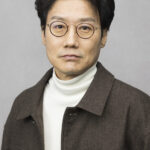 Hwang Dong-hyuk on killing off his 'Squid Game' characters and wanting to work with Jake Gyllenhaal
Hwang Dong-hyuk on killing off his 'Squid Game' characters and wanting to work with Jake Gyllenhaal
 Erling Haaland misses penalty and Man City drops more points after 1-1 draw with Everton
Erling Haaland misses penalty and Man City drops more points after 1-1 draw with Everton
 What if you could rank food by ‘healthiness’ as you shopped? Nutrient profiling systems use algorithms to simplify picking healthy groceries
What if you could rank food by ‘healthiness’ as you shopped? Nutrient profiling systems use algorithms to simplify picking healthy groceries
 Christmas shooting at Phoenix airport leaves 3 people wounded, 1 stabbed
Christmas shooting at Phoenix airport leaves 3 people wounded, 1 stabbed
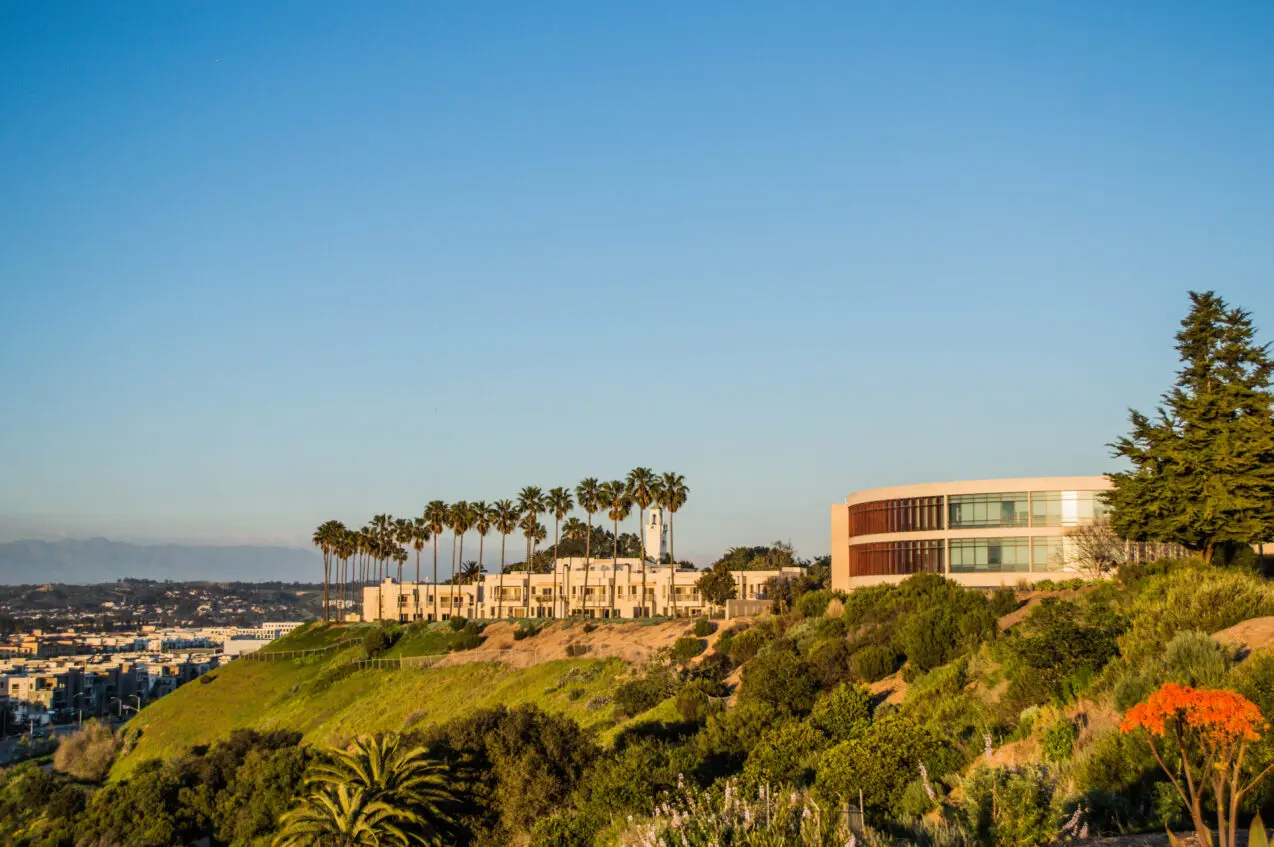 Getty Images
Getty Images
